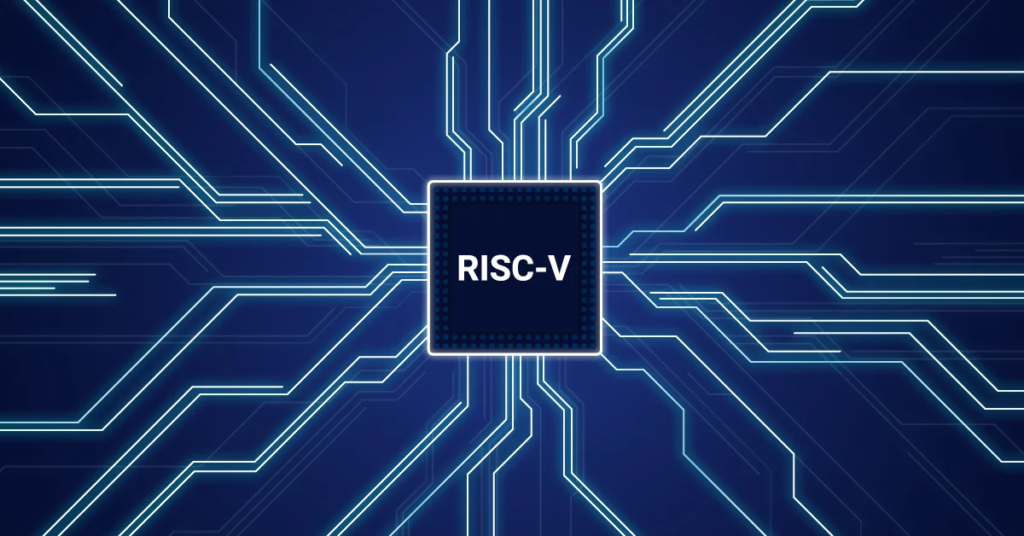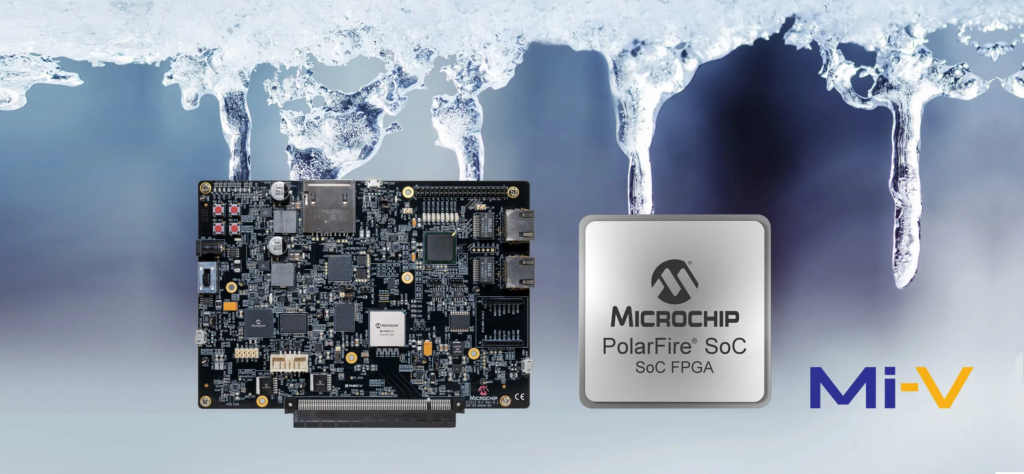The latest roundup from Embedded Computing Design offers exciting insights into how embedded AI, RISC-V processors, and GSML technologies are rapidly changing the embedded systems landscape. In this update, several innovative solutions and collaborations were spotlighted, underlining the shift towards smarter, low-power, and open-source solutions in the tech industry.
As industries move closer to edge computing and AI-enabled embedded systems, these updates from Embedded Computing Design reveal how companies and developers are shaping the future. Let’s dive into the most important developments.
AI Moves Closer to the Edge with New Embedded Tools
Artificial Intelligence (AI) in embedded systems is not new, but its role is growing fast. Developers and manufacturers are now pushing AI closer to the edge—into devices like smart cameras, industrial sensors, and even wearable gadgets.

Syntiant introduced its next-generation NDP120 Neural Decision Processor, designed to run speech and sensor AI applications on ultra-low power. This processor allows smart devices to listen and react to commands without needing constant cloud access. It’s already being used in earbuds, hearing aids, and voice-activated remotes.
Also featured is BrainChip, which is enhancing on-chip learning using its Akida neuromorphic processor. Akida allows edge devices to not just process AI but also learn new patterns in real-time, all while staying energy-efficient.
These developments highlight a trend: instead of sending data to the cloud, AI is happening directly on devices, increasing speed and protecting user privacy.
Source – Embedded Computing Design
RISC-V Ecosystem Gains Momentum with New Developments
The open-standard RISC-V architecture is making headlines again. Known for its flexibility and royalty-free design, RISC-V is becoming the go-to architecture for startups and global players alike.
Microchip Technology introduced its PolarFire SoC Discovery Kit, aimed at helping developers explore RISC-V-based system-on-chips (SoCs). This kit includes tools for developing high-performance, low-power embedded applications and is priced affordably to support startups and educational institutions.
Meanwhile, SiFive, a leader in commercial RISC-V IP, announced a partnership with Intel Foundry Services to bring RISC-V into mainstream manufacturing. This could greatly accelerate adoption by providing more robust hardware options and development support.
In another move, Codasip unveiled its enhanced design automation tools, which simplify customizing RISC-V cores. Developers can now optimize processors for unique workloads, giving embedded designers more control over power consumption and performance.
Source – Embedded Computing Design
GSML: Powering Modern Embedded Systems with More Flexibility
Another major focus in the roundup was the evolution of GSML (General Software Modeling Language) tools. GSML enables embedded developers to describe system behavior and generate efficient code across various platforms.
The update highlights how GSML is becoming a cornerstone for model-based design, helping teams to visualize software architecture before writing actual code. With GSML++, companies can now integrate cybersecurity, AI logic, and hardware configurations in one modeling environment.
Leading this innovation is Modelware, which launched new GSML libraries compatible with real-time operating systems (RTOS) and safety-critical environments. Their new release focuses on supporting automotive, aerospace, and medical device development, where reliability and speed are vital.
The integration of GSML with cloud-based collaboration tools also opens doors for remote teams and agile development processes.
Source – Embedded Computing Design
The Growing Impact of Open Standards in Embedded Design
A clear theme in the latest roundup is the growing importance of open standards and developer-friendly ecosystems. With RISC-V and GSML, companies are reducing dependency on proprietary tools and platforms, giving engineers more freedom to innovate.
Embedded AI is also benefiting from open-source neural network models and standardized interfaces, allowing startups to build smarter devices faster and at a lower cost.
These open technologies are encouraging more cross-industry collaboration. From healthcare and agriculture to defense and robotics, embedded solutions are becoming more accessible and adaptable.
Industry Reactions and What Comes Next
The industry is welcoming these changes with open arms. As software-defined hardware becomes more common, developers are focusing on custom solutions that are faster, more efficient, and cost-effective.
Experts believe we will see more edge AI solutions powered by RISC-V chips within the next two years. Companies like Syntiant and BrainChip are already showing what’s possible.

GSML will also continue growing, especially as companies seek to simplify complex embedded applications. Model-based development is expected to become the default for safety-critical and high-performance embedded systems.
More details at Embedded Computing Design
Conclusion: A Bright Future for Embedded Intelligence
The updates shared in Embedded Computing Design’s latest roundup show a strong shift towards smarter, customizable, and low-power embedded systems. Embedded AI is becoming faster and more efficient. RISC-V is opening the door to innovation with open standards. GSML is making software development more visual, faster, and secure.
Together, these technologies are laying the groundwork for the next generation of intelligent embedded systems.
As edge computing and AI become more essential in modern tech, the innovations in this roundup signal that embedded systems are no longer just “invisible computing”—they are now at the heart of every smart device.
Stay tuned to Embedded Computing Design for more updates as the embedded world continues to evolve.
Also Read – Quantum Internet Breakthrough: Denmark and Germany Join Forces on Chips






